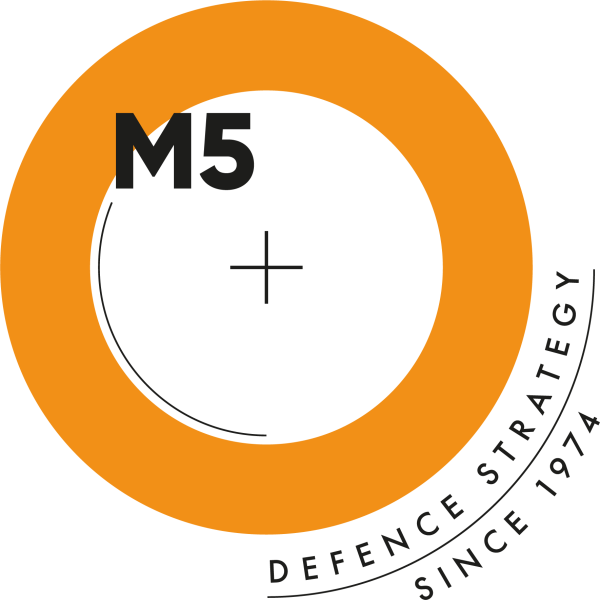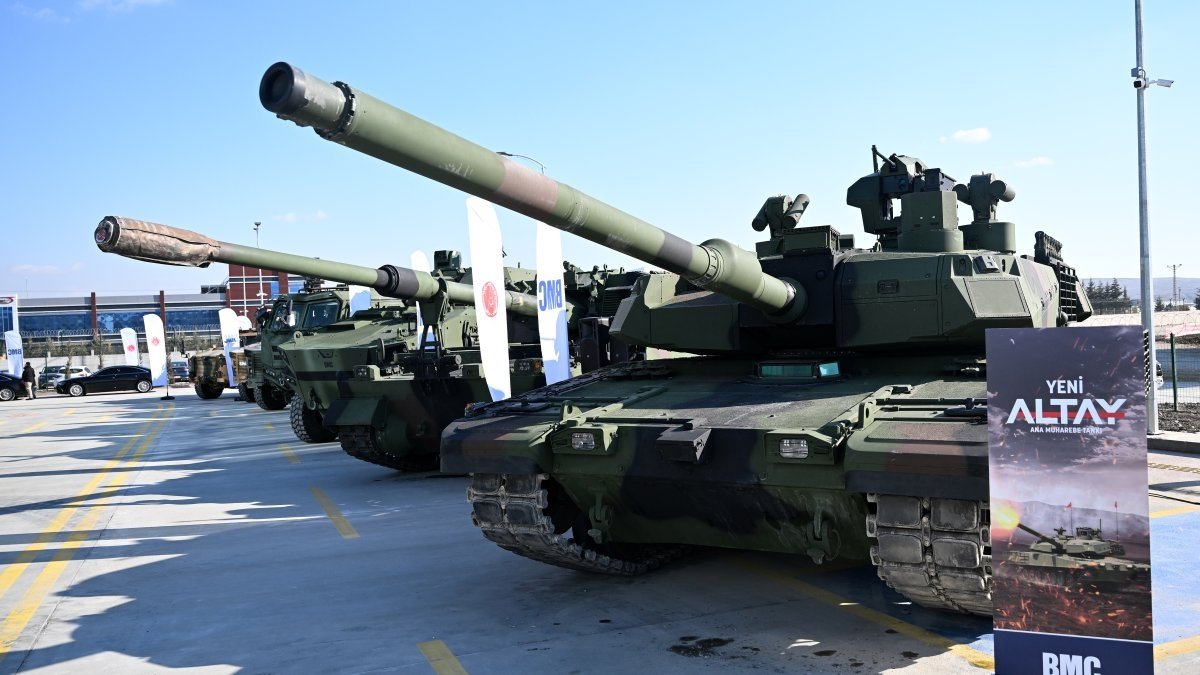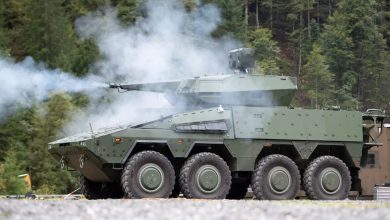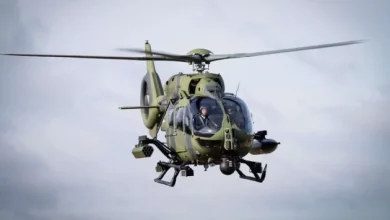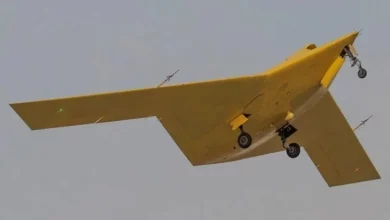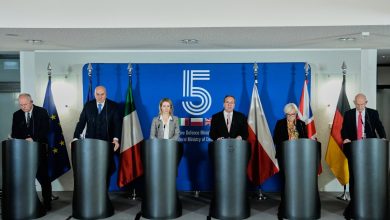Kaan to Steel Dome: Türkiye powers ahead in historic defense drive
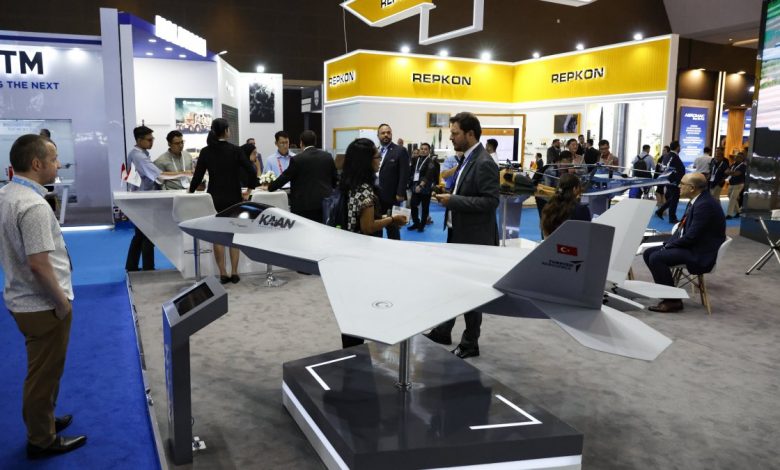
Türkiye’s defense sector, closely watched by the world, is going through a historic transformation while simultaneously advancing the number of key strategic projects, including the development of a fifth-generation jet and the “Steel Dome” system.
Presidency of Defense Industries (SSB) head Haluk Görgün evaluated Türkiye’s defense model with Sabah newspaper, responding to the questions from Ankara representative Okan Müderrisoğlu and reporter Betül Usta. He offered details on a broad range of topics, from the Steel Dome to Kaan, air and missile defense systems, to cybersecurity.
“We do not imitate what is being done elsewhere in the world. We know that we must focus on original, cost-effective production based on our real needs,” Görgün said.
“If we had followed others and simply copied what the world is doing, Türkiye could never have achieved its current success in unmanned aerial vehicles (UAVs),” he asserted.
Moreover, he said they were aware of the need to work on projects that create a “surprise effect,” adding that they are doing that.
“We must continue to build and develop,” he said.
Kaan to be delivered in 2028
“Our entire team is working day and night to deliver the first mass-produced Kaan aircraft by the end of 2028,” he said, referring to Türkiye’s fifth-generation jet, developed by Turkish Aerospace Industries (TAI).
“We are currently manufacturing six aircraft simultaneously, each undergoing different test scenarios, such as ground testing and lightning strike testing. To speed up the process, we work on multiple aircraft at once. A batch of 10, known as Block 10s, will begin delivery by the end of 2028,” Görgün explained.
“As we complete our fifth-generation fighter, we are also simultaneously preparing for a sixth-generation aircraft,” he suggested.
Steel Dome
“With the Steel Dome, Türkiye has made a strategic move,” Görgün continued.
“We began with the concept of a ‘Layered Air Defense System.’ Initially, weapon systems and sensors are being developed that can eliminate a threat that may come to the point where you need to defend first,” he noted.
“Then, we increase range and altitude. Aerial threats may vary in altitude, speed, and can occur simultaneously. They may come in very fast from high altitudes, fly low or approach at medium speed from mid-altitude. Detecting and neutralizing each threat has a cost. You don’t want to waste a bullet on a mosquito. The most important thing is to detect a threat from as far away as possible and quickly identify what it is: Is it a ballistic missile? A hypersonic missile? A cruise missile? A plane? A kamikaze drone?” he detailed.
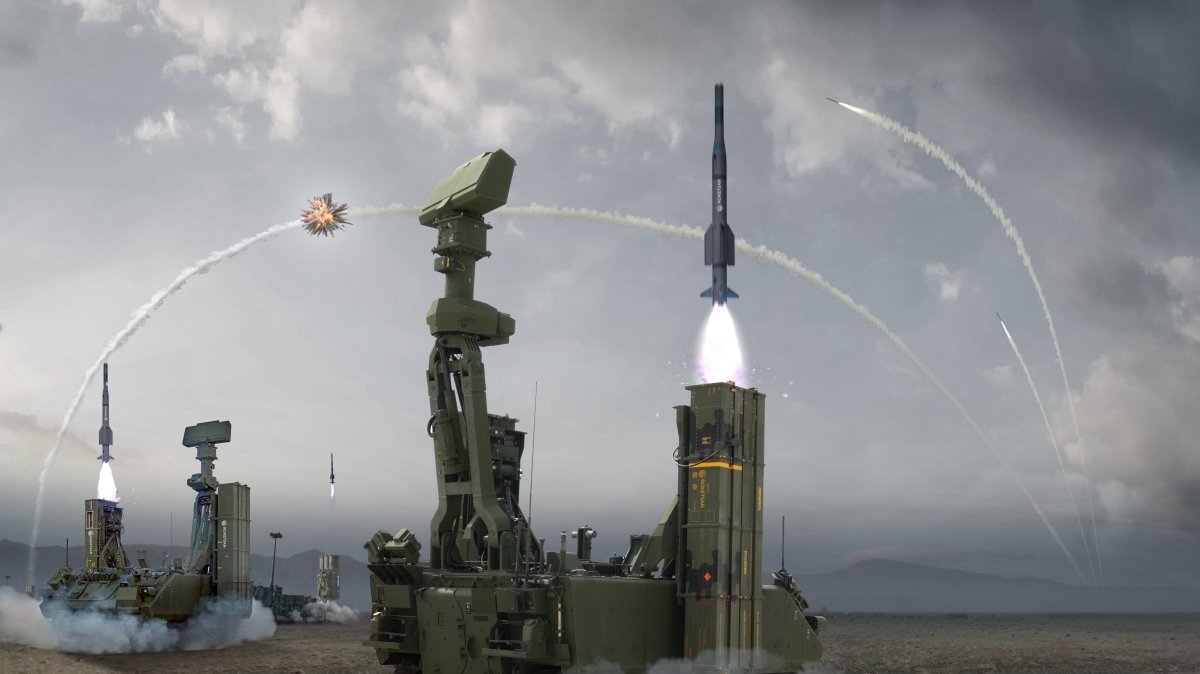
Furthermore, he said that in this operation, artificial intelligence will play a role in “fast computation and target identification.”
“For example, if a kamikaze drone is incoming, it should be destroyed with a Korkut armed with fragmentation munitions, rather than using an expensive air defense system,” he suggested.
He also revealed that Steel Dome “is being planned as a layered and integrated system where all components communicate and make rapid decisions.”
“We need to further develop our radar and air defense systems to enhance deterrence. And we are working accordingly,” he said.
Unmanned combat project
“The unmanned combat project (ISU) will accelerate. This project will give us strategic strength,” Görgün said at the same time.
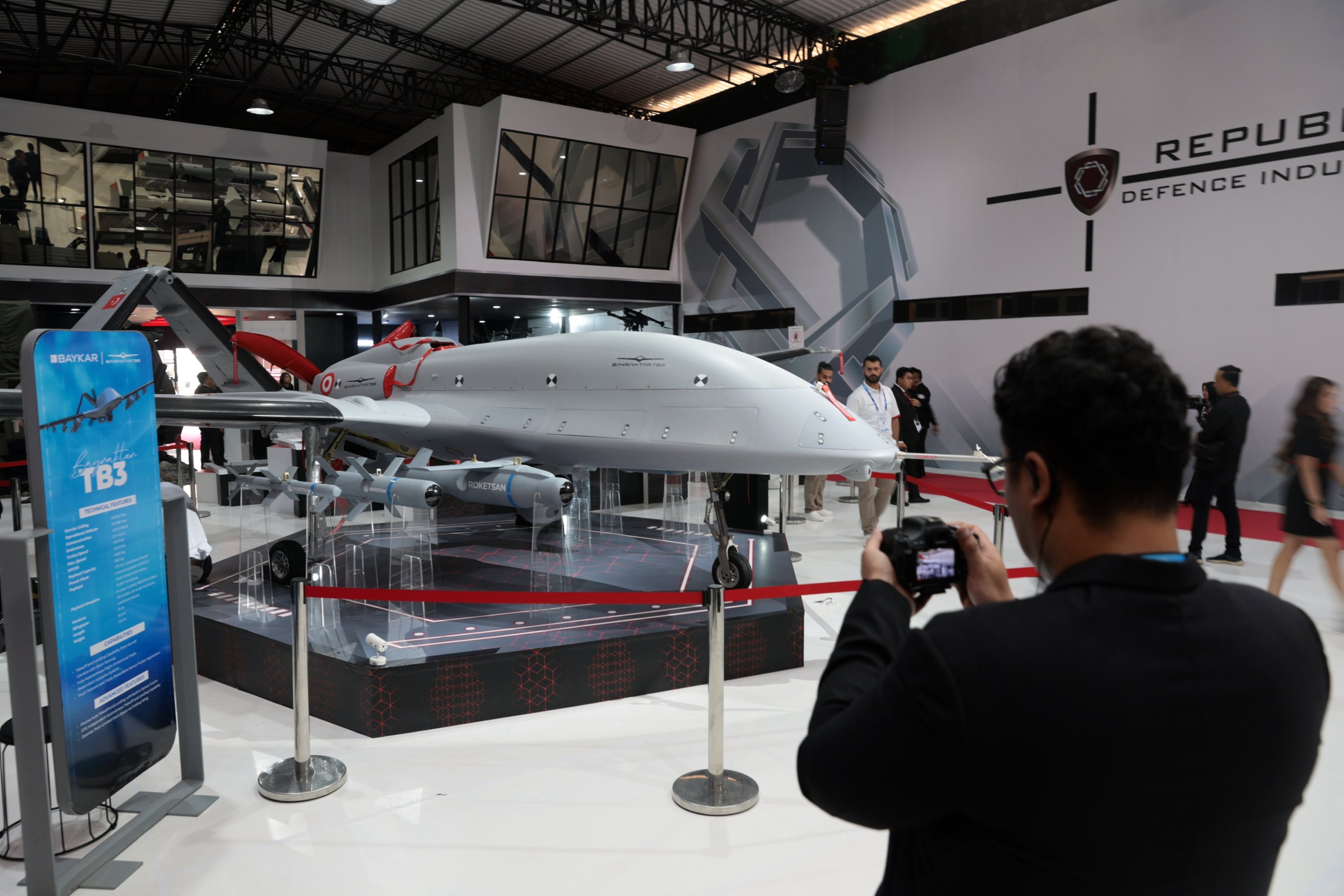
He maintained that these will be aircraft capable of air-to-air combat and longer-range missions.
“Having air-to-air missiles is crucial for using them in such roles. Teams are already working together to meet this need. We’ve started developing domestic munitions and will continue producing them,” he added.
Moreover, the SSB head said they planned to deliver three Altay tanks that came off the production line in August. “Serial production will continue as planned. A total of 250 Altay tanks will be included in the Turkish Land Forces inventory,” according to Görgün.
As part of his remarks, he also underscored that all companies are “in sync” and have defined areas for joint work.
“Export potential is high,” he stated.
“Türkiye’s ability to adapt to technological development is dazzling. While the average age of those working in defense in Türkiye is 34, it’s in the 50s in Europe and the U.S.,” he informed.
“Our people are already producing these systems – imagine what they’ll build over the next 20 years. Indeed, we’ve seen over the last three to four years how unmanned systems are changing battlefield doctrines.”
On the question of NATO’s 5% target, Görgün said that Türkiye “knows its defense needs.”
“Our president (Recep Tayyip Erdoğan) has been a staunch supporter of self-sufficiency in defense,” he recalled.
“Projects, budgets and opened doors have continued and expanded without interruption over the last 20 years. Our total defense spending is around $50 billion – about 3.7% of gross domestic product (GDP) – making us one of the countries closest to NATO’s 5% target by country,” he said.
“NATO Secretary-General Mark Rutte has also referred to the development of the Turkish defense industry in several of his speeches. I personally thanked him for that,” he added.
Furthermore, he stressed Türkiye is “a trustworthy ally,” adding that: “Whatever we do, we speak openly and transparently. This is how the international community sees us.”
“For us, a deal is never just a one-time sale. Repeat sales, maintenance and after-sales services are just as important. Being able to provide that support quickly when needed is what sets Türkiye apart,” he said.
Additionally, he drew attention to embargoes.
“We’ve come this far by overcoming embargoes. Embargoes only delay us slightly in obtaining what we need. In the end, we produce our own systems and become global brands,” he added.
UAVs, aircraft carrier
At the same time, Görgün also evaluated exports and developments related to collaboration with Spain on light combat aircraft, Hürjet.
“In 2024, 55.4% of our defense exports went to Europe and NATO allies. Our systems are both functional and cost-effective,” Görgün said.
“Building unmanned combat aircraft is advanced technology. Since 2018, Türkiye has controlled 65% of the global market for armed and unarmed unmanned aerial vehicles,” he added.
“We’re collaborating with Spain on aircraft carriers and platforms like Hürjet. They supported the initial design of the TCG Anadolu, which was built in Istanbul. We’re planning to work together again on a second, 300-meter (984-foot) aircraft carrier,” he noted.
Source: Daily Sabah / Betül Usta
